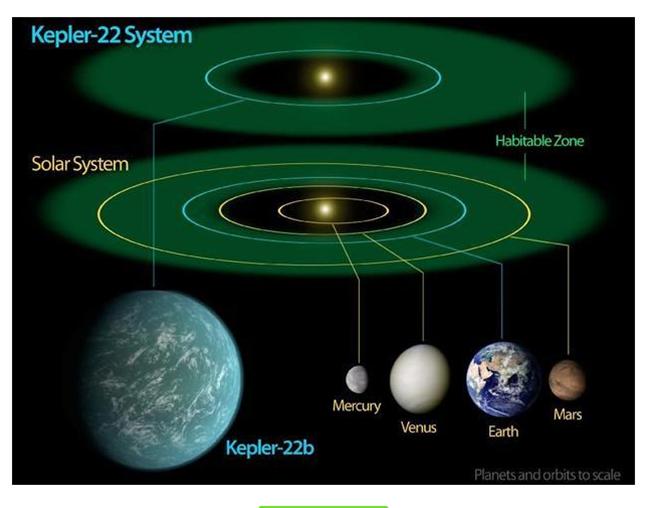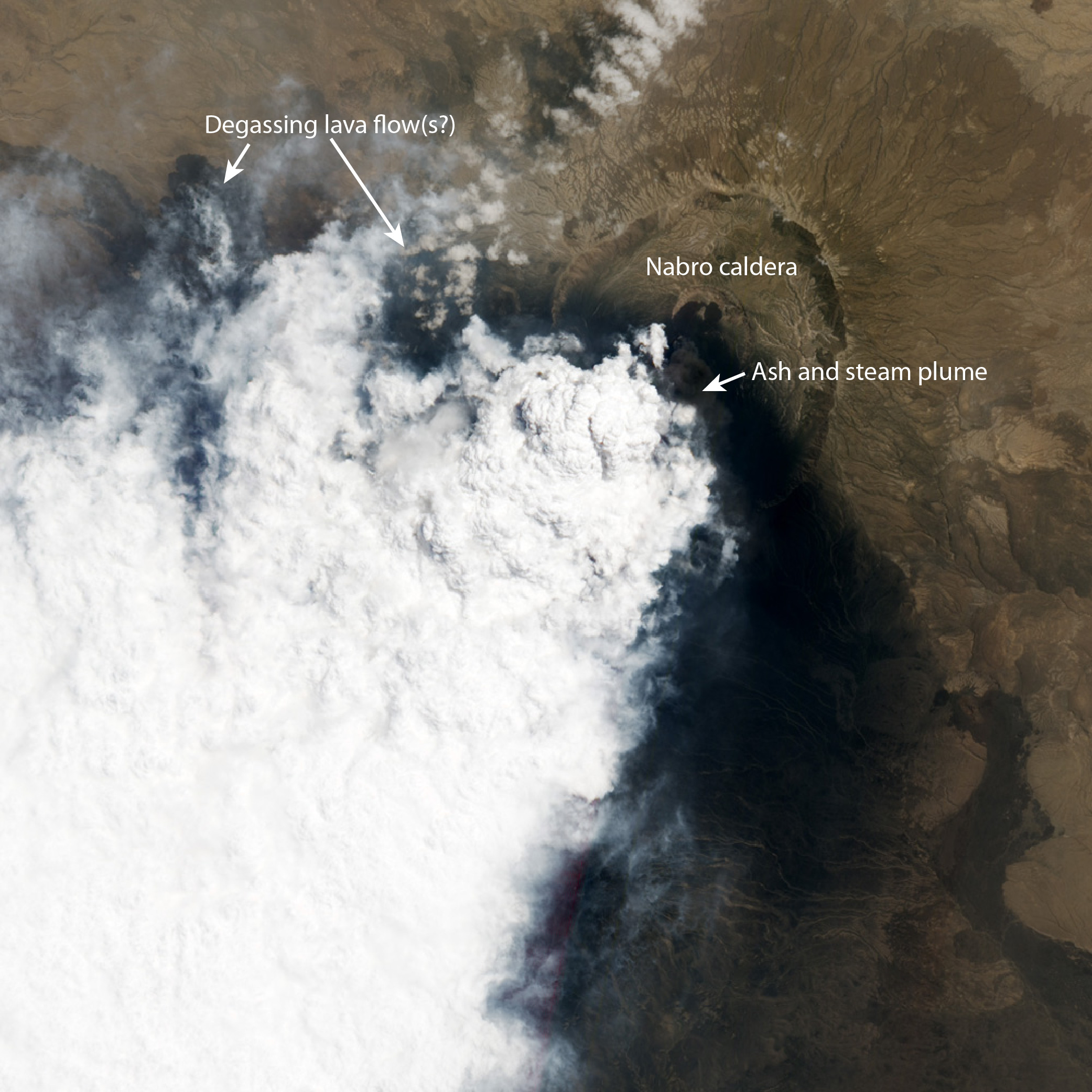Satellite imagery has confirmed that the Nabro volcano in north east Africa is no longer emitting ash, sulphur dioxide or water vapour.
The Eritrean stratovolcano has been spewing ash continuously since it erupted for the time in its recorded history on June 12 last. During the 16-day period much of northern Ethiopia and parts of neighbouring Djibouti and Sudan have been affected by the ash cloud, which also disrupted air traffic in the region.
The below image from Modis, captured at 11am (GMT) on Thursday reveals that eruption activity at the volcano has ceased. This is also confirmed by the Toulouse-based Volcanic Ash Advisory Centre (VAAC).
Nabro began erupting on Sunday 12 June, 2011, the first ever recorded eruption of the stratovolcano. The resultant ash plume, extending up to 15km into the air, led to some flight cancellations in neighbouring Sudan, Djibouti and Ethiopia. The ash cloud was carried as far away as Saudi Arabia, Israel, Turkmenistan, Somalia, the Central African Republic (CAR) and Egypt. A second eruption on Thursday 16th June sent a massive ash plume westnorthwest over Sudan. The volcano had continued to emit varying amounts of ash, SO2 and water vapour since.
Part of the Afar Triangle, Nabro is one of many volcanic caldera complexes in the north easternmost part of the East African Rift valley region. The stratovolcano is located in the Danakil Depression, close to Eritrea’s border with Ethiopia and north of Djibouti, and has not erupted in at least 150 years. According to data, a similar volcanic eruption in Eritrea occurred in 1861, in Dubbi, Southern Denkel.
Nabro is the most prominent of 3 large volcanoes (Nabro, Dubbi, Mallahle) in the region, each containing a large summit caldera. Nabro comprises lava domes, lava flows, and two calderas, 8 and 5 km in diameter.
The volcano is located along the Great Rift Valley, also known as the East African Rift. the divergent plate boundary extends from the Afar Triple Junction southward across eastern Africa, and is in the process of splitting the African Plate into two new separate plates, the Nubian Plate and the Somali Plate. Seismic activity is frequent in Ethiopia In 1961 alone three thousand tremors were recorded from the centre of the Wollo province resulting in a 20km fissure being opened on the slopes of the Borkena graben.
NABRO ERUPTION IMAGES 12-30 JUNE 2011

Astronauts on the International Space Station snapped this digital photograph of Nabro in January 2011, when all was still quiet. The horseshoe-shaped caldera stretches 8 kilometers (5 miles) in diameter and opens to the southwest. Two smaller calderas lie within the larger one. Gullies and channels scar the outer flanks, signs of many years of runoff. The inner edge of the caldera has steep cliffs, some as high as 400 meters.

The Advanced Spaceborne Thermal Emission and Reflection Radiometer (ASTER) aboard the Terra satellite observed Nabro on the evening of June 19, 2011. Hot areas are bright, and cold areas are dark. The thermal infrared data were combined with a shaded relief image to show the terrain. The white feature exending to the northwest from Nabro is an active lava flow. A high-altitude plume, likely rich in water vapor, is nearly black, and obscures the erupting vents. A diffuse, ash-rich plume to the southwest of Nabro appears purple.






 Short wave IR/thermal/visible composite image of the Nabro eruption as seen on June 24, 2011.
Short wave IR/thermal/visible composite image of the Nabro eruption as seen on June 24, 2011. 




